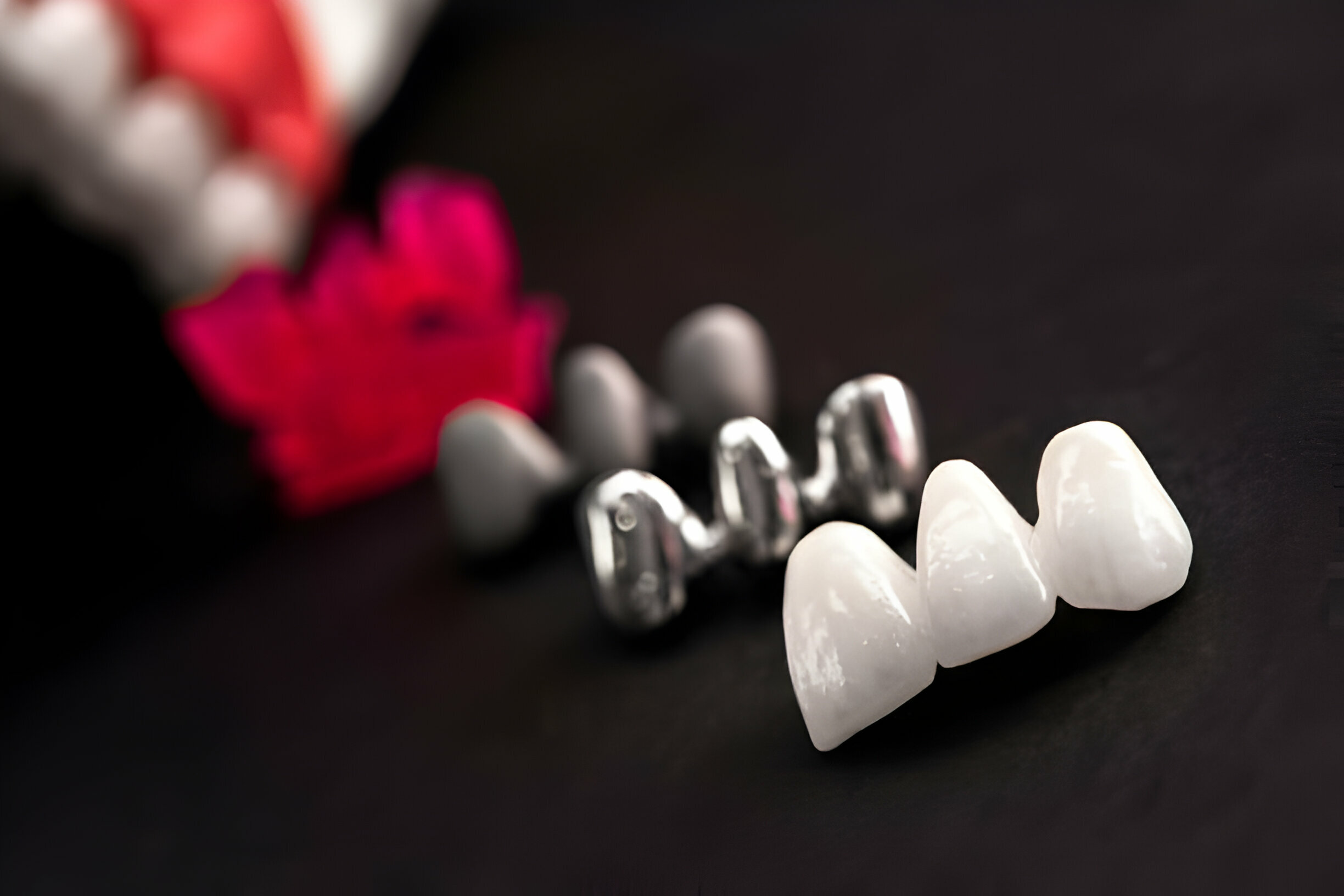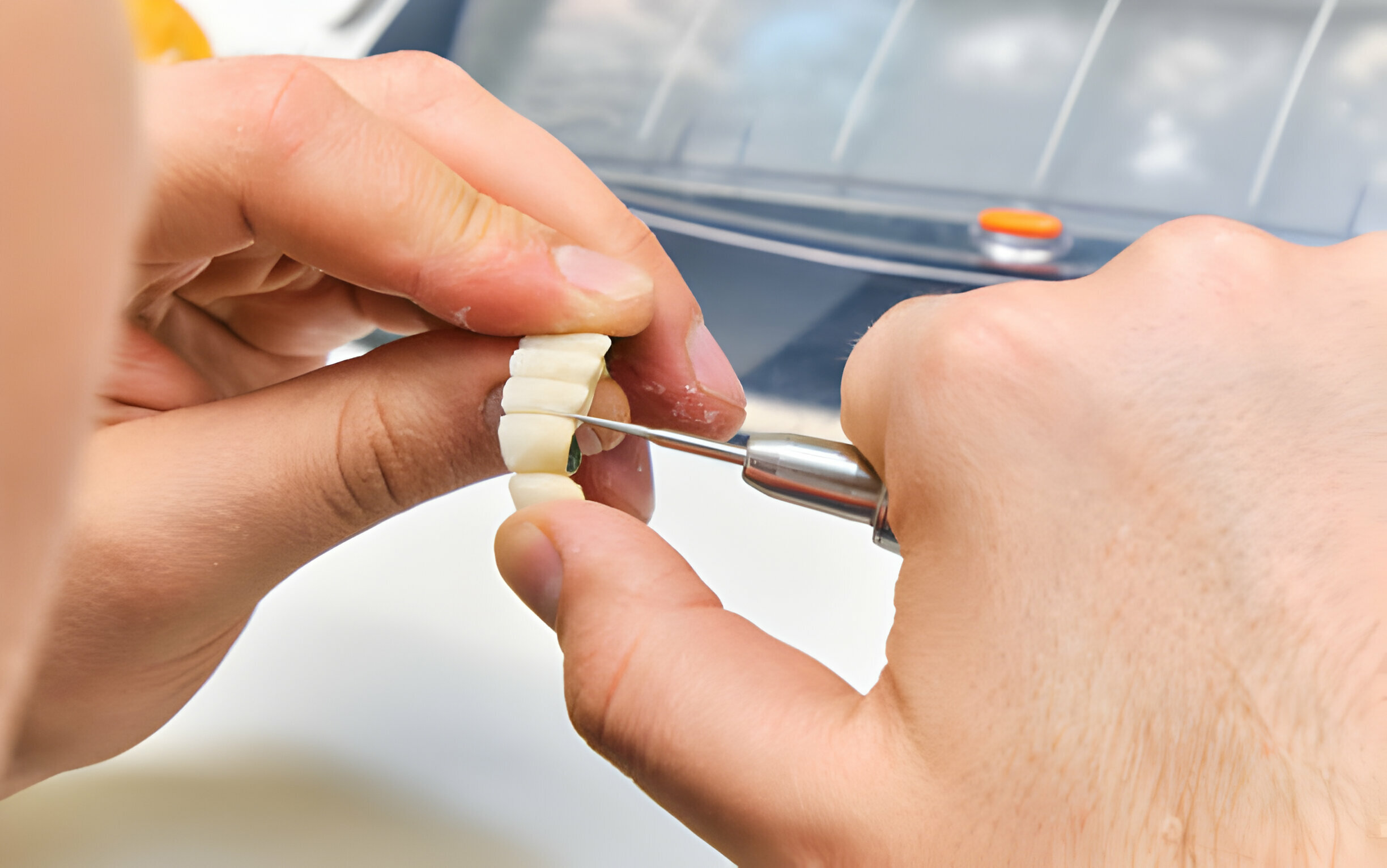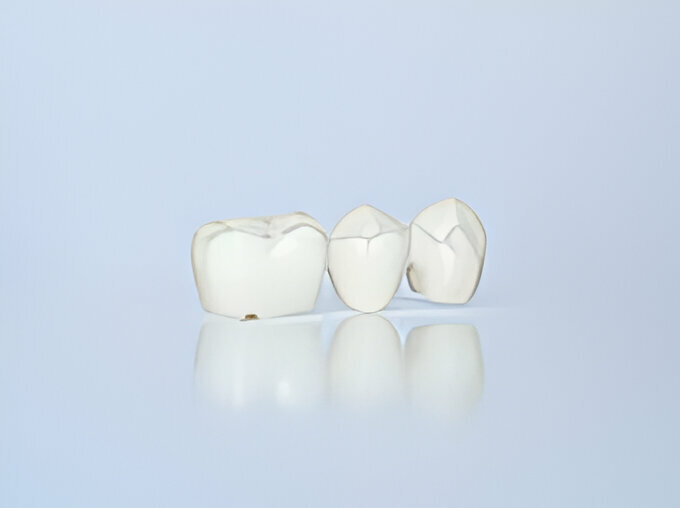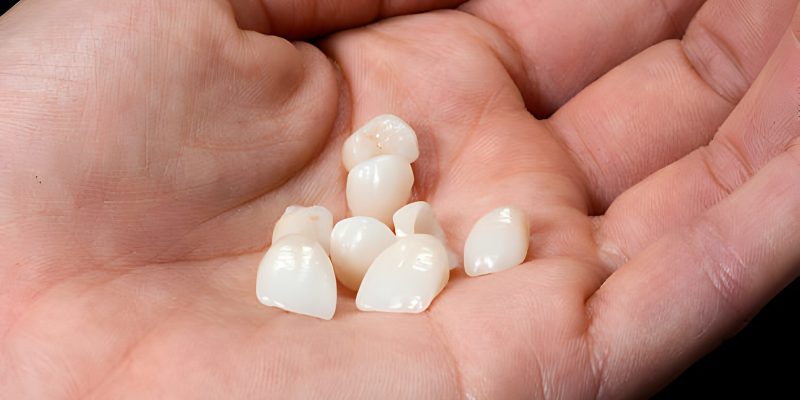Summary:
Gaps in teeth caused by tooth loss can significantly impact your lifestyle. It can affect your oral health and complicate aesthetics and smile.
If you’ve sought professional advice or a solution, chances are your dentist in Farmington, NM, has already suggested a dental bridge.

The dental bridge procedure is a common tooth replacement surgery that covers the gap between the teeth using the remaining healthy teeth on either side. This way, bridges restore the smile and oral functionalities of most Americans with three or more missing teeth.
However, despite its popularity, many are still reluctant to get dental bridges. This is mostly because they have limited to no knowledge about this subject.
Keeping the same in mind, this blog explores topics like:
- Understanding Bridges As A Prominent Dental Appliance
- Different Types Of Dental Bridges
- What Can You Expect While Getting Dental Bridges?
- Benefits Of Dental Bridges – Explained!
Continue reading as we learn more about oral bridges in the following sections and understand the process in detail.
Understanding Bridges As A Prominent Dental Appliance
Dental bridges are prosthetic solutions for individuals with missing teeth. They effectively fill the gap to restore a complete smile. These devices typically consist of crowns placed on adjacent teeth with a false tooth in between, seamlessly blending with natural teeth.
Besides cosmetic benefits, dental bridges contribute to:
- Maintenance of your facial structure
- Proper bite alignment
- Stability of neighboring teeth.
They are primarily designed using materials like porcelain or metal alloys, depending on the unique requirements of different individuals. What’s more? Every bridge is considered safe and delivers significant results regardless of its type.
Different Types Of Dental Bridges
Based on the unique condition, there are various types of dental bridges, each designed to meet specific needs and circumstances. Here, we look at some of the most commonly suggested dental bridges in Farmington, NM.
-
Traditional Bridges
Traditional or fixed bridges are the most commonly used appliances. They feature one or more artificial teeth (pontics) held in place by dental crowns on either side of the gap. The crowns are then cemented onto adjacent natural teeth or implants.
-
Cantilever Bridges
Similar to traditional bridges, cantilever bridges differ in their anchoring method. Unlike conventional bridges, which receive support on both sides of the gap, cantilever bridges attach only to one side.
They use adjacent teeth or implants for support. Dentists in Farmington, NM, usually recommend them when only one adjoining tooth is available for support.
-
Resin-Bonded Bridges
These bridges consist of a metal or porcelain framework with artificial teeth attached. The framework is bonded to the backs of adjacent natural teeth using resin cement.
This type of bridge is a conservative option that preserves tooth structure and is commonly used to replace missing front teeth.
-
Implant-Supported Bridges
Dentists generally suggest implant-supported bridges if you have multiple missing teeth consecutively. They are also great if your natural teeth have insufficient support points.
These bridges are anchored to implants surgically placed in the jawbone, providing a stable and long-lasting solution for tooth replacement.
What Can You Expect While Getting Dental Bridges?
Dental bridges are a common solution for replacing missing teeth, helping restore your smile’s functionality and aesthetics. If you’re considering this dental procedure, it would be helpful to understand the steps involved.
Here’s a breakdown of what you can expect while getting dental bridges:
Stage 1: Initial Assessment
Your dentist initiates the treatment by examining your teeth and gums. They often take X-rays to assess the condition of your oral health. This initial consultation lets them discuss your bridge options and address any questions or concerns.
Stage 2: Preparation Of Abutment Teeth
The teeth adjacent to the gap created by the missing tooth, known as abutment teeth, will be prepared to support the bridge. This involves reshaping these teeth to accommodate dental crowns, supporting the bridge.
Stage 3: Impressions
Once the dentists have prepared the abutment teeth, they will take impressions of your teeth. These impressions are a blueprint for creating a custom-made bridge that seamlessly fits into your natural teeth.

Stage 4: Fabrication Of Permanent Bridge
After your impressions are taken, technicians fabricate your custom dental bridge using earlier impressions. They use materials like porcelain or ceramic to ensure the bridge’s durability and natural appearance.
Stage 5: Fitting The Permanent Bridge
Once the permanent bridge is ready, you return to the dentist for placement. The dentists will carefully check the bridge to ensure proper fit and adjustment and make necessary changes for correct alignment and bite.
Stage 6: Final Placement
After the dentist confirms the fit, the permanent bridge is cemented or bonded into place. Your dentist ensures that the bridge feels comfortable and functions properly. They may schedule follow-up appointments to ensure the bridge continues to fit well and remains in good condition.
Benefits Of Dental Bridges – Explained!
Dental bridges are a reliable solution for individuals dealing with missing teeth, offering several advantages. These include:
Restoration Of Functionality
Bridges facilitate proper chewing and speech, enhancing oral function. This aids in maintaining a balanced diet and promoting better overall health.
Improved Aesthetics
Bridges enhance the smile’s appearance by filling in gaps caused by missing teeth. Customized to match adjacent teeth’s natural color and shape, they seamlessly blend in with the rest of the dental arch.
Prevention Of Tooth Shifting
Gaps left by missing teeth can lead to neighboring teeth shifting out of alignment. Dental bridges help maintain proper tooth positioning, preventing bite misalignment and jaw joint problems.
Preservation Of Jawbone Structure
Teeth play a crucial role in stimulating the underlying jawbone, preserving its strength and density. Dental bridges provide this stimulation, thereby preventing bone loss in the area of the missing tooth or teeth.
Non-Removable Solution
Unlike removable dentures, bridges are fixed in place, offering stability and convenience. Patients can go about daily activities without worrying about their dental restoration becoming loose or dislodged.

Takeaway
- Dental bridges are designed to fill gaps caused by missing teeth, restoring your smile’s appearance and functionality.
- Bridges are of different types, including traditional bridges, cantilever bridges, resin-bonded bridges, and implant-supported bridges.
- They restore functionality by facilitating proper chewing and speech, improve aesthetics by seamlessly blending with adjacent teeth, prevent tooth shifting, and help preserve jawbone structure by providing stimulation.
- Bridges are typically made from materials like porcelain or metal alloys, chosen for their durability and natural appearance.
- Unlike removable dentures, bridges are fixed in place, providing stability and convenience. This means you can continue your daily activities without worrying about the bridge becoming loose or dislodged.
- Don’t put your oral health at risk! Visit our experts at Four Corners today.

